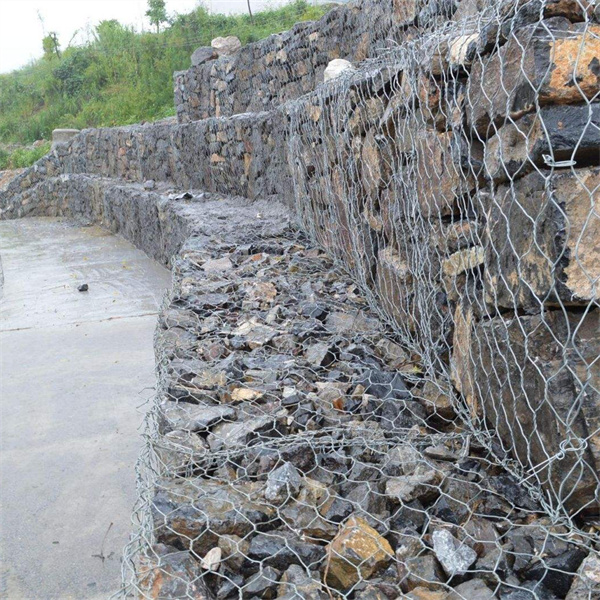Nov . 30, 2024 06:43 Back to list
Effective Gabion Drainage Solutions for Erosion Control and Landscape Stability
Gabion Drainage An Effective Solution for Erosion Control and Water Management
In the realm of civil engineering and environmental management, gabions have emerged as a highly effective solution for various challenges, particularly in drainage systems. Gabions, which are wire mesh containers filled with rocks, stones, or concrete, serve multiple purposes, including erosion control, slope stabilization, and sediment control. Their unique design and functionality make them an ideal choice for managing water flow and preventing erosion in both urban and rural settings.
One of the most significant benefits of gabion drainage systems is their ability to control soil erosion. Erosion poses a significant threat to landscapes, leading to loss of arable land, degradation of water quality, and increased sedimentation in waterways. Gabions can be strategically placed in areas prone to erosion—such as riverbanks, embankments, and steep slopes—to absorb and deflect the energy of flowing water. This absorption minimizes the velocity of surface runoff, allowing sediments to settle and preventing further erosion.
Furthermore, the porous nature of gabions promotes effective drainage. Unlike solid structures, gabion walls allow water to flow through their interstitial spaces, facilitating the natural movement of water within the soil. This drainage capability helps reduce hydrostatic pressure behind the structure, thereby decreasing the risk of failure or washout. In areas where groundwater levels fluctuate significantly, gabion systems can be used to manage excess water, protecting adjacent structures and landscapes from water damage.
Another advantage of gabion drainage systems is their versatility and cost-effectiveness. Gabions can be constructed in various sizes and shapes to meet specific site requirements, making them adaptable to different terrains and climatic conditions. Additionally, the materials used—typically local stones or gravel—are often inexpensive and readily available, further reducing project costs. This makes gabion systems not only efficient but also an economically viable option for many municipalities and private developers.
gabion drainage

The ecological benefits of gabion systems cannot be understated. By using natural materials and promoting vegetative growth, gabions contribute to the rehabilitation and stabilization of disturbed environments. Over time, plant roots can intertwine with the rocks in the gabions, enhancing their stability and further reducing erosion. This symbiotic relationship between man-made structures and nature fosters biodiversity, creating habitats for various species while also improving overall ecosystem health.
Moreover, gabion drainage systems can be aesthetically pleasing. When designed with landscaping in mind, they blend seamlessly into the environment, enhancing the visual appeal of an area. By using a variety of stones and creating artistic designs, engineers and architects can transform functional drainage solutions into stunning landscape features that contribute to the beauty of urban and rural spaces alike.
As climate change continues to impact weather patterns and water management issues gain prominence, the role of innovative solutions like gabion drainage systems is increasingly important. Their ability to effectively manage stormwater runoff, prevent erosion, and provide ecological benefits positions gabions as a sustainable choice for future infrastructure projects.
In conclusion, gabion drainage systems offer a multifaceted solution to the pressing challenges of soil erosion and water management. Their strength, adaptability, cost-effectiveness, and ecological benefits make them an invaluable tool for engineers and environmentalists alike. As we move towards more sustainable practices in construction and landscaping, the integration of gabion systems promises to play a crucial role in preserving our natural landscapes while safeguarding them against the forces of nature.
-
hesco-gabion-baskets-for-coastal-erosion-prevention
NewsAug.22,2025
-
longevity-and-durability-of-river-rock-gabion-walls
NewsAug.22,2025
-
how-to-integrate-gabion-3d-walls-in-urban-planning
NewsAug.22,2025
-
reno-mattress-gabion-applications-in-civil-engineering
NewsAug.22,2025
-
how-to-install-wire-mesh-for-gabion-baskets-properly
NewsAug.22,2025
-
best-materials-for-filling-a-chain-link-gabion
NewsAug.22,2025
-
Wire Mesh Thickness Impact on Gabion Wall Load Bearing
NewsAug.12,2025






